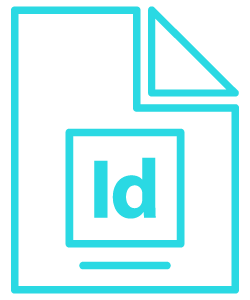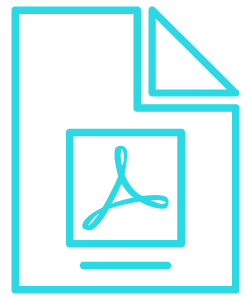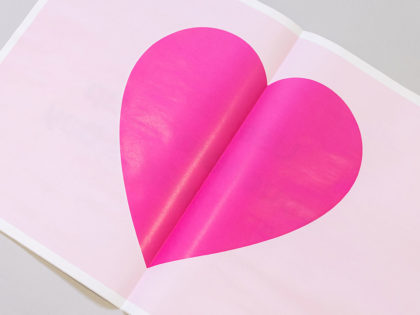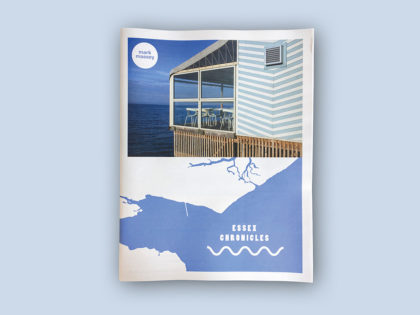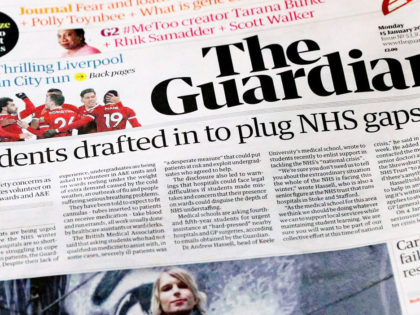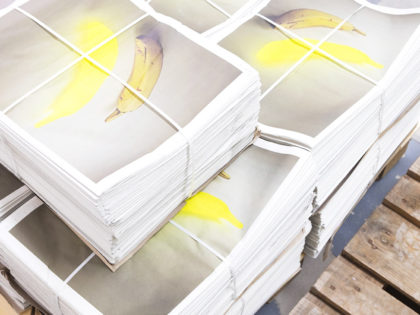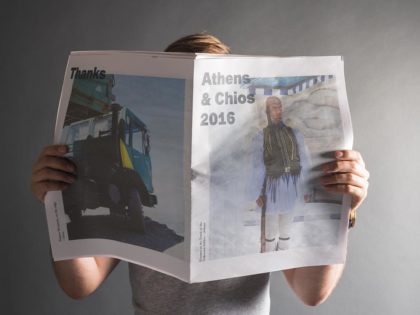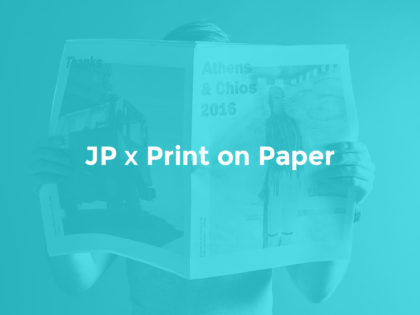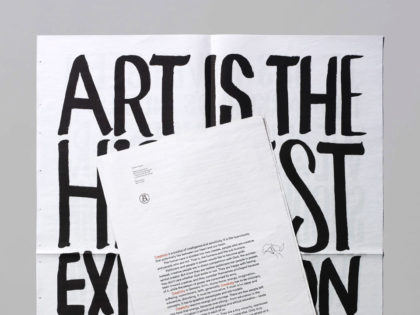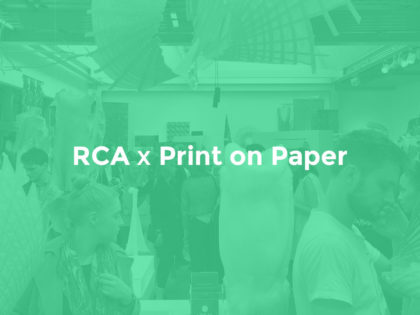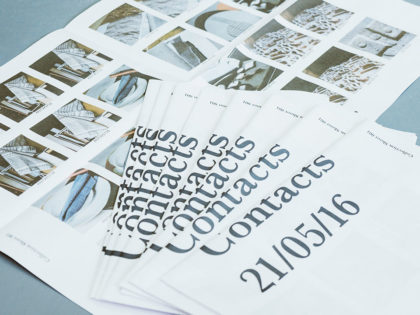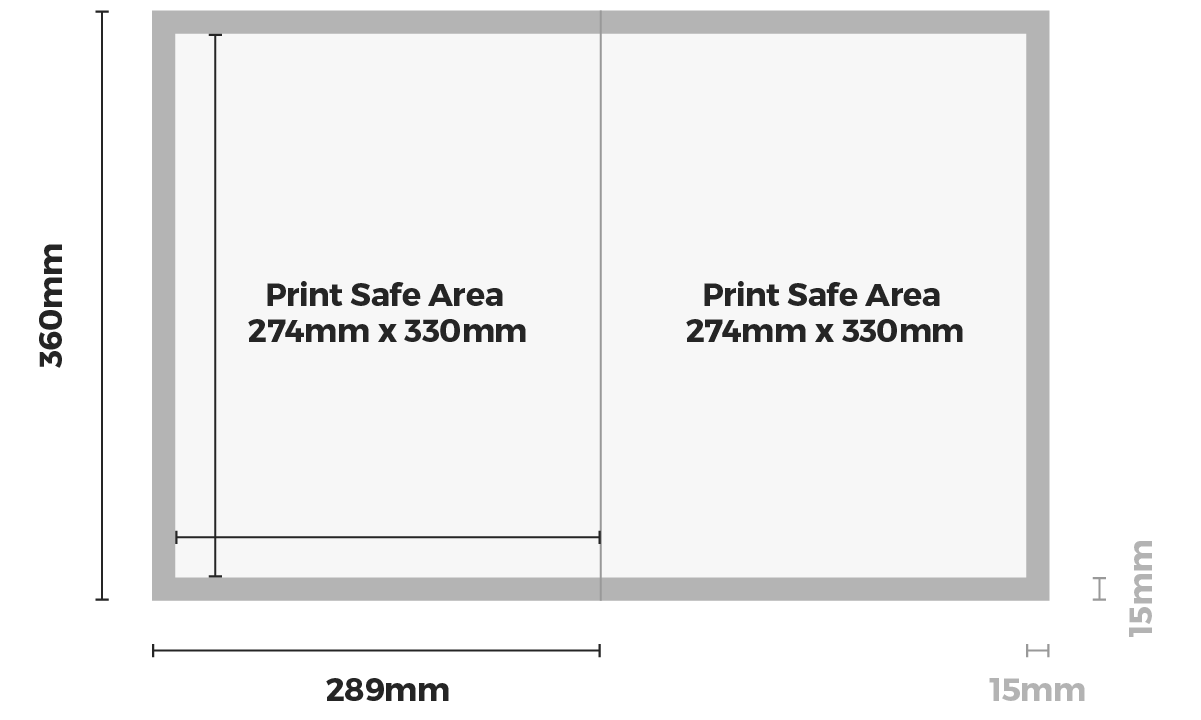
Tabloid Specifications
We’ve created this page to help you fully understand our Tabloid specs required for setting up and exporting your designs. We’ve also created some templates for you to download and use to avoid any issues when setting up your document. Our Tabloid papers are printed on 55gsm newsprint stock and folded hot off the press.
Pages
- Pages must be created in multiples of 4
- The minimum amount of pages is 4 and the maximum is 48 printed pages
- Your page dimensions must be 289mm (w) x 360mm (h)
Margins
- There is a 15mm margin at the top, bottom and outside edge of each page
- Your artwork will be rejected if there is any ink coverage within the margin
- It’s possible to print across spreads, however, please be aware that some spreads will be on separate sheets so may not always align exactly.
Images
- 300dpi recommended, however, anything above 150dpi should be safe
- CMYK or greyscale provides the best results
- No spot colours
- Black and white photos and artwork can be set to print CMYK or greyscale
- All blacks are printed in CMYK so blacks can be set to print either 100%K or rich black
- Colour profiles – We recommend using our Newsprint colour profile for best results.
- Please rasterise gradients as sometimes they can print differently to when they were viewed on screen.
*Remember that colours won’t look as bright and vibrant as they do on screen as newsprint stock is uncoated and it’s not possible to print a very dark black due to this. We can’t guarantee accurate colour matches with Newsprint. And digital proofs will not match Large run colours due to the difference in the process.
Fonts
- We recommend using a point size of 8pt or above, however, some fonts may print well at smaller sizes.
- Please make sure fonts are embedded when exporting your pdf.
Templates
We’ve created these templates for you to download, use the In Design template if you are using In Design CC or above. If you are using different software to create your .pdf you can copy the specs from the visual pdf template download.
PDF Export Settings
Where possible, use the PDF/X-1a:2001 preset
This creates the simplest kind of PDF, and takes care of almost everything that could cause issues at the press.
Export your file as single pages
Your PDF should read in the same order that you’d read a standard newspaper (from front to back). Make sure the pages in your file are single pages, not spreads (two pages joined together).
Ensure there are no printer marks
We don’t require any printer marks on your Tabloid files, please ensure that you don’t include bleed or crop marks when exporting your .pdf. You will receive error messages when uploading your file if bleed or crop marks have been exported. our machines will impose the relevant printer marks on your publication depending on if it’s a digital or litho run.
Show through
Show-through – is when the ink ‘shows through’ the page – which becomes more apparent when held to the light. Increasing paper weight can reduce this. Also consider show-through at design stages; don’t use dark content that will show through onto a page that has blank space. Avoid using large white space where possible.
Large Run set-off
Where ink ‘rubs off’ onto the facing page, is unavoidable in coldset printing, but can be reduced. Avoid using dark or heavily inked content facing light or blank pages. Avoid layering colour where possible – for example use 100% black, rather than 4 colour. Avoid dark content around the spine area or folds – this is where the grippers carry the copy and more pressure is applied, thus more chance of set-off. The more processes your product goes through, the more chance of set-off. Avoid using large white space where possible.

